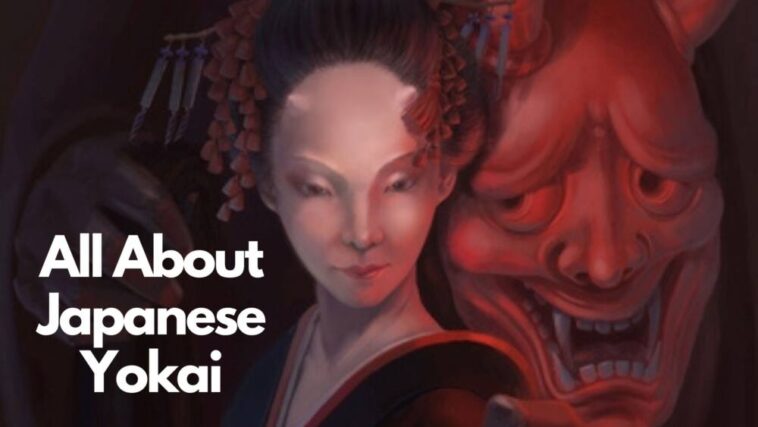Japanese scary stories is filled with scary yokai. Here’s the list of Japanese yokai and their stories. Check it out!
Shadowy shapes lurk in Japanese folklore! Prepare to meet 12 of the creepiest yokai, from vengeful spirits to mischievous tricksters. Dive into this chilling list and discover the legendary beings that haunt Japan’s myths and tales.
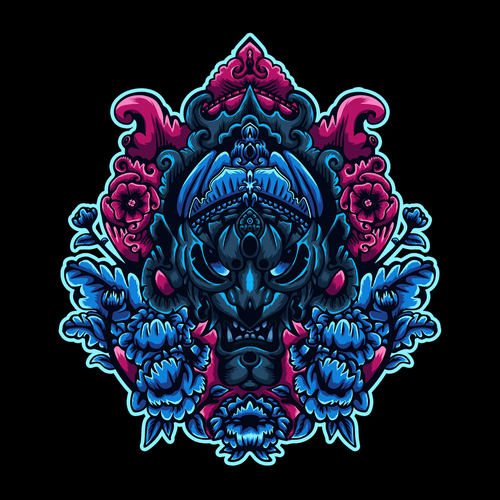
Page Contents
List of Japanese Yokai
Amabie
Amabie are supposedly mermaids or mermen with bird beak like mouths and three legs or tail fins. They are believed to emerge from the sea and bring news of abundant fortune or an epidemic. It then instructs people to make replicas of its form to protect themselves.
Legend has it that during mid 1846, an Amaie appeared in the Higo Province. A town’s official went to the coast to investigate reports of something glowing in the sea. Here he was met by a creature that had long hair, a mouth like a bird’s beak, was covered by scales from the neck down and was three legged.
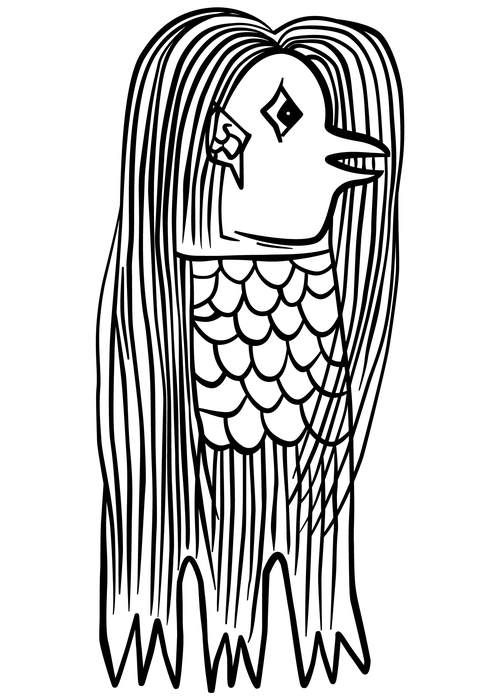

The official said that it told him that good harvest was to continue for the next six years and that if disease were to spread, a picture of the Amabie must be drawn and shown to those who are ill.
There is not much recorded about the Amabie. One unique record of the Amabie is that it may be a miscopy of the Yokai creature Amabiko. They both share similarities are said to be three legged or multi legged and protect against death and sickness.
During the Covid 19 pandemic, many in Japan began tweeting about the Amabie and using hashtags like #amabiechallenge as a countermeasure for the pandemic.
Tatsu
Dragons have been a prominent part of the Japanese culture since the beginning. Tatsu are some of the oldest supernatural creatures known in Japan. They are Yokai that have the form of dragons and are believed to live in palaces underwater. Hello, Mr. Fancy Dragon!
Tatsu have long, scaled bodies, serpentine tails, sharp teeth and claws. They usually have horns, antlers, spines and beards as well. Some also have multiple limbs and heads. Just when you think that they can’t get any fancier, they can disguise themselves as humans and almost never show their true form!
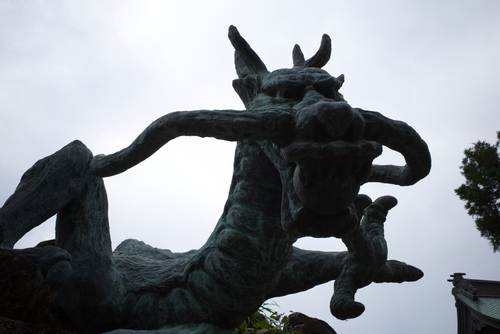
Tatsu are very connected to water in any form. They are said to be water gods who usually make their homes away from human settlements. However, sometimes they make homes near Buddhist temples.
Legend has it that they have a bounty of vast treasures and have a number of unique and magical artifacts. Some are vengeful and spiteful towards mankind and some are kind and offer wise words and power to those who seek it. Some even let worthy warriors see them and let them borrow their magical artifacts,
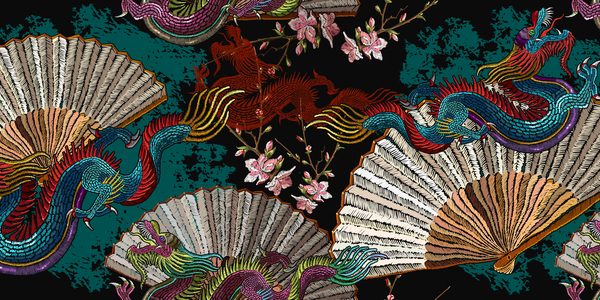
While Tatsu accept worship and sacrifices from humans, they do not interfere in human affairs unless they are directly affected by it. It is also believed that the Japanese imperial family has descended from dragons and other gods.
Ningyo
Mermaids have never seemed more scary to me than when I first read about Ningyo. The image of beautiful seducing sirens in my head was replaced by hideous otherworldly nightmares.
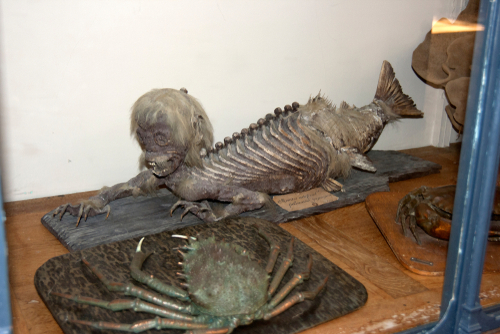
Ningyo are more “fishy” than human. They are said to have deformed fish like faces or human torsos with long bony fingers with claws. They can be as small as a human child or as big as a large seal.
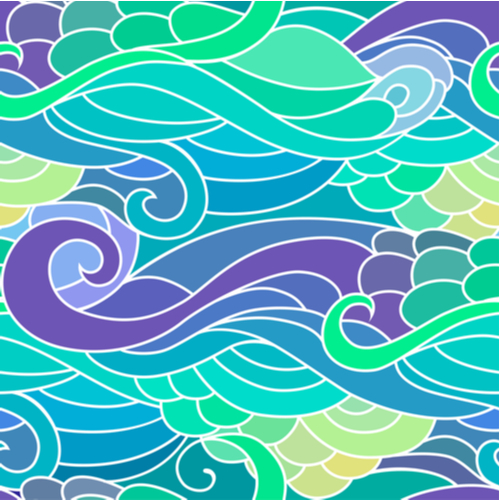
Ningyo flesh is supposed to grant you eternal life and youth. But at what cost? Ningyo are dangerous creatures that can place powerful curses on anyone who tries to capture or wound them.
This has made them the main character of many folklores. There are many legends that tell of whole villages and towns being devastated by earthquakes and tidal waves because a fisherman captured a Ningyo and brought it home.
Zashiki Warashi
If you’re ever missing your keys or phone, it’s probably a cheeky Zashiki Warashi messing with you. This is probably my favourite Yokai.
They are mischievous house spirits that love to play pranks on those who reside in the houses that they haunt. Only children and residents of the house can catch a glimpse of them.
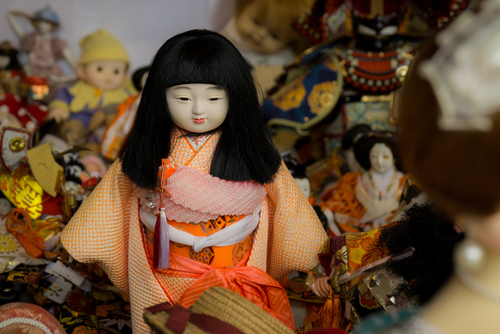
They are rare to see but when they do appear they have a childlike appearance. Boys are dressed in child size warrior costumes and girls are clad in pretty kimonos. Their hair is either long and tied back or short and bobbed.
Zashiki warashi are considered gods of luck who protect. They are supposed to bring prosperity and riches to the house that they haunt.
In many cases, the spirits make friends with the children of the house and make good company for the elderly and infertile couples. Many of these infertile couples consider these spirits as their own children.
Oni
Oni is one of the most popular figures in Japanese folklore. They bare resemblance to ogres and demons and are commonly depicted with red or blue skin, crazy hair, fangs and horns.
They are believed to be large and scary, with extreme strength. Many of tehm are said to be powerful sorcerers. They are demons who bring disasters, spread disease and punish the bad.
Onis are born when a terribly wicked human dies and lands in one of the many Buddhist hells. They are then turned into Oni by the ruler of hell, Great Lord Enma.
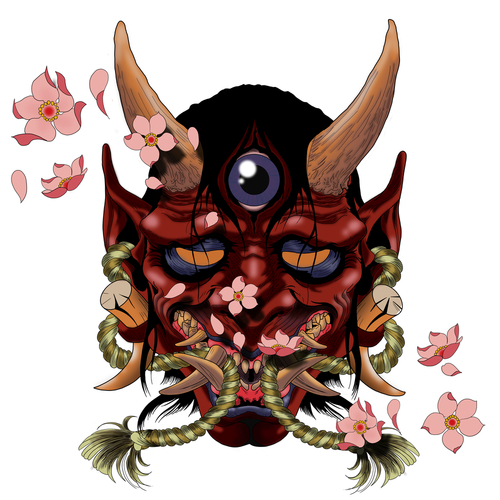
They kill humans for entertainment and are also incharge of punishing sinful humans by peeling off their skin, crushing their bones, and other forms of torture that are unspeakable.
Oni wear loincloths made of pelts of beasts. They are also said to carry iron clubs that they use to render punishments on sinners.
Kappa
The Kappa is a well-known creature in Japanese folklore and is considered one of the most famous and recognizable yokai. It is a water-dwelling creature that is often depicted as a small, child-sized creature with a reptilian or turtle-like appearance.
Kappas are usually described as having a scaly, turtle-like body, with webbed hands and feet. They have a beak-like mouth and a shell on their back. Their most distinctive feature is a hollow filled with water located on top of their heads, called a “sara.”
Kappas are primarily associated with water bodies such as rivers, lakes, and ponds. They are believed to live in these habitats and are often encountered near water.
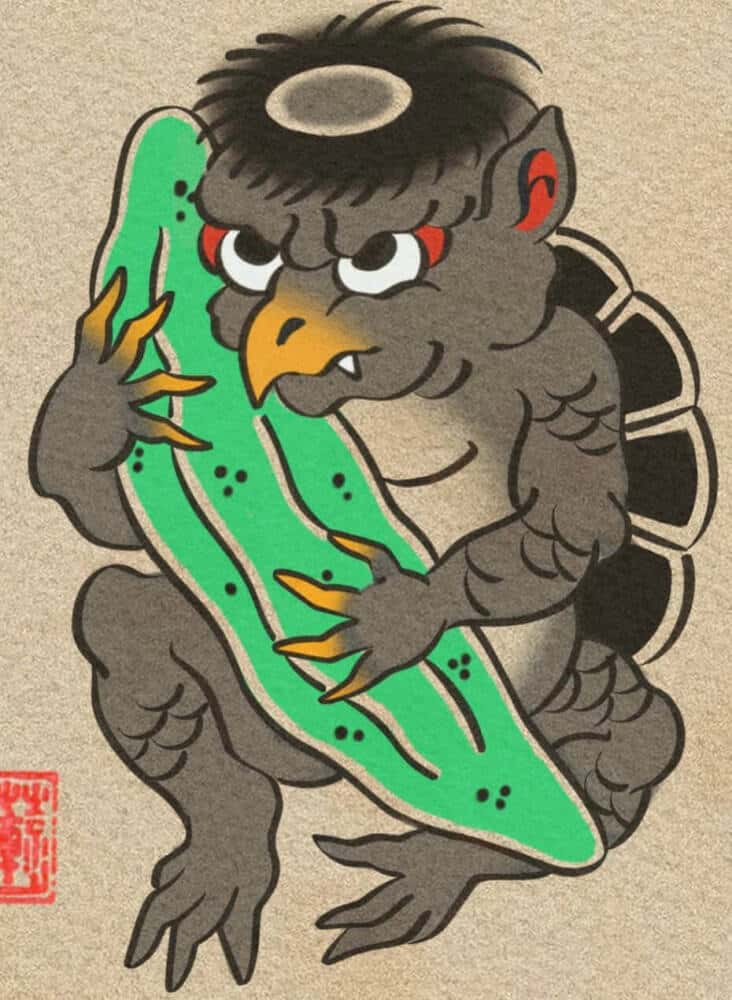
Kappas are known for their mischievous and sometimes malevolent behavior. They are said to delight in playing pranks on humans, such as pulling people underwater, stealing crops, or causing floods by breaking dams.
They can also be tricked into bowing, causing the water in their sara to spill, which weakens them or forces them to retreat.
Due to their aquatic nature, Kappas are believed to have a strong connection to water. If a person encounters a Kappa, they can bow politely as a sign of respect. The Kappa, being polite itself, will feel obliged to return the bow, spilling the water in its sara and losing its power.
Kappa legends can vary across different regions of Japan. Some tales depict them as mischievous troublemakers, while others portray them as more malevolent creatures that kidnap and drown humans, especially children.
However, not all legends paint them in a negative light, as some stories depict them as protectors of their habitats or wise beings with a wealth of knowledge.
Kappas possess certain attributes and weaknesses commonly found in folklore. They are believed to have a strong aversion to certain things like iron, sesame, and ginger.
Carrying these items or throwing them at a Kappa is said to repel or weaken them. They are also said to have a strict code of etiquette and can be tricked into promising favors or releasing captives if one knows their true name.
The Kappa’s popularity has extended beyond folklore, and they have become well-known characters in various forms of Japanese media, including manga, anime, and video games. D
espite their reputation for mischief, Kappas continue to capture the imagination and curiosity of people interested in Japanese mythology and yokai folklore.
Tanuki
The Tanuki, also known as the Japanese raccoon dog, is another fascinating creature from Japanese folklore. It is a yokai that is often depicted as a mischievous and shape-shifting animal.
The Tanuki resembles a raccoon dog, which is a real species native to Japan. It has a plump and round body, short legs, and a bushy tail.
In folklore, the Tanuki is often portrayed with exaggerated features like a large belly, prominent testicles (considered a symbol of good luck and prosperity), and a mischievous expression on its face.
One of the key traits associated with Tanuki is their ability to shape-shift.
They are believed to possess the power to transform themselves into various forms, such as humans, other animals, or even inanimate objects like tea kettles or trees. These transformations are often used to play tricks on humans or to deceive them.
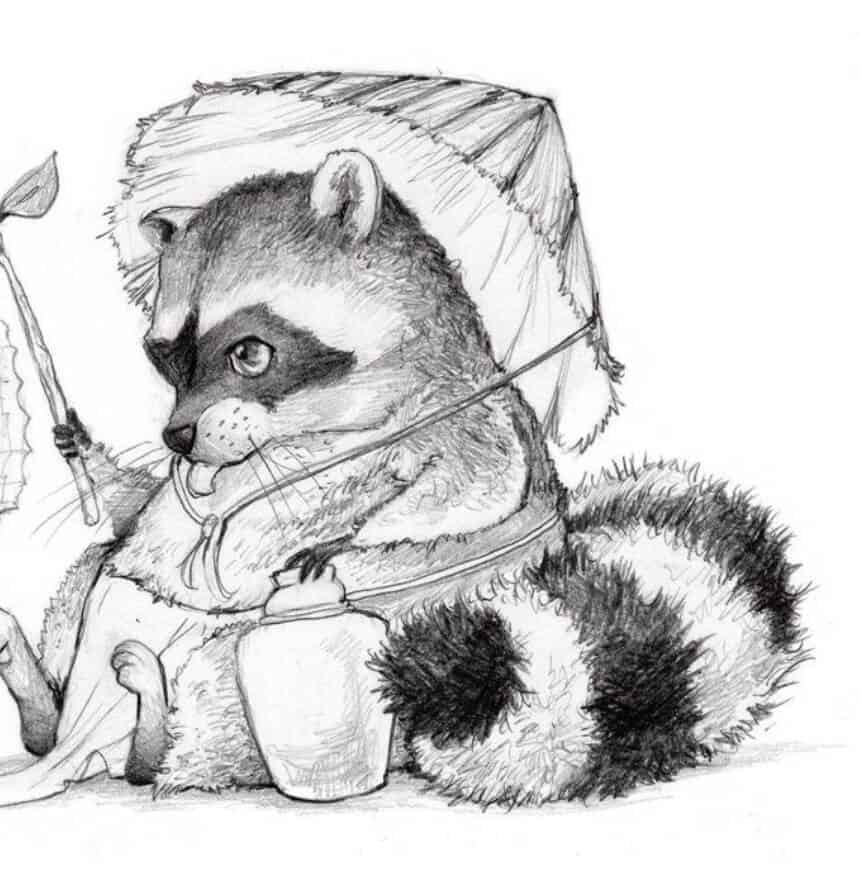
Tanuki are known for their mischievous and playful nature. They are often portrayed as pranksters who enjoy causing trouble, but their actions are usually seen as more comical than harmful. Tanuki are associated with amusing and exaggerated antics, such as using their scrotum as a drum or transforming leaves into money.
Tanuki have been a part of Japanese folklore for centuries. They are often depicted as creatures with supernatural powers, capable of creating illusions or causing strange occurrences.
They are believed to be masters of deception and trickery, but they can also bring good fortune and protection to those who treat them with respect.
Tanuki hold a unique place in Japanese culture. They are seen as symbols of luck, prosperity, and abundance. In traditional Japanese art and folklore, the Tanuki is often depicted carrying a bottle of sake and a promissory note, representing wealth and generosity.
Statues of Tanuki can be found in many places, especially outside businesses or homes, as they are believed to bring good luck to the owner.
Tanuki have also become popular characters in modern Japanese media, including anime, manga, and video games.
They are often portrayed as comical and friendly creatures, emphasizing their mischievous nature and shape-shifting abilities.
Overall, Tanuki are intriguing creatures in Japanese folklore, known for their mischievous antics and shape-shifting abilities. Their playful and humorous nature has made them beloved figures in Japanese culture, and they continue to captivate the imagination of both locals and people worldwide.
Gashadokuro
The Gashadokuro is a fascinating and terrifying creature from Japanese folklore. It is a type of yokai, specifically a giant skeleton, often described as a colossal skeleton or skeletal spirit.
The Gashadokuro is said to be formed from the bones of people who died of starvation or were left unburied during times of war or famine.
It is typically depicted as a massive skeletal being, often reaching heights of up to 15 meters (50 feet). Its bones creak and crack as it moves, adding to its eerie presence.
Gashadokuro are known to emerge at night, lurking in the darkness. They are said to wander around lonely places such as graveyards, remote areas, or battlefields. They are particularly associated with moonlit nights.
Gashadokuro possess supernatural strength and are virtually indestructible. They are immune to most conventional weapons and are impervious to damage.
Gashadokuro are capable of biting off the heads of humans with a single gulp and can crush their victims with their enormous skeletal hands.
Gashadokuro primarily seek vengeance for their untimely deaths or the neglect of their remains. They are known to target humans, often by sneaking up on them or appearing suddenly.
The Gashadokuro’s presence is often accompanied by strange sounds, such as rattling bones or the clattering of teeth, which serves as a warning of its impending attack.
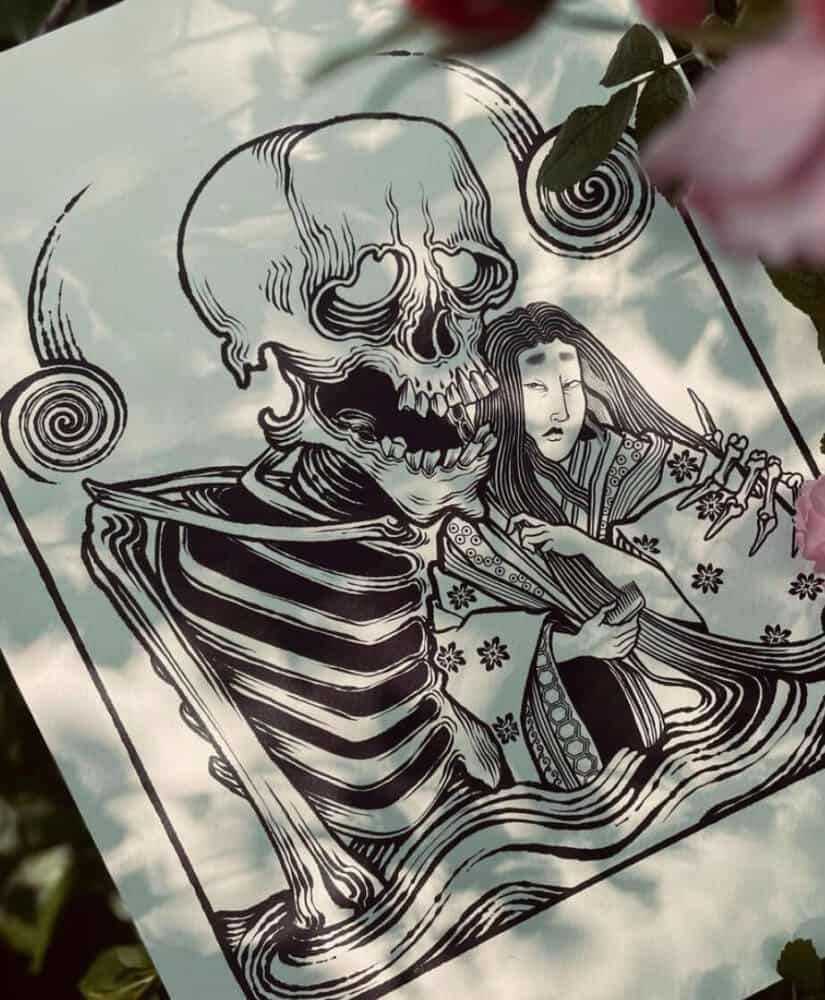
It is believed that Gashadokuro can be detected by certain signs or omens. These include strange noises at night, such as bones rattling or the sound of distant drums, as well as an inexplicable feeling of dread or unease. These signs are said to foretell the imminent arrival of a Gashadokuro.
To protect oneself from the Gashadokuro, various rituals and practices are suggested. These include proper burial and respect for the dead, as well as performing specific rituals or incantations to ward off the vengeful spirits.
In some cases, offerings such as rice or alcohol are made to appease the Gashadokuro and prevent its wrath.
The Gashadokuro serves as a cautionary figure in Japanese folklore, reminding people of the importance of treating the dead with respect and ensuring proper burials.
Its towering and skeletal form, along with its vengeful nature, has made it a chilling and memorable yokai within the rich tapestry of Japanese mythology.
Kitsune
The Kitsune is a prominent and captivating yokai in Japanese folklore. It is a fox-like creature known for its intelligence, magical abilities, and shape-shifting capabilities.
Kitsune are often depicted as intelligent and magical foxes with supernatural powers. They are associated with various mystical qualities and are believed to possess great wisdom and longevity.
Kitsune are said to grow more powerful and gain additional tails as they age, with the most powerful ones possessing nine tails, known as “kyūbi no kitsune.”
One of the most well-known traits of Kitsune is their ability to shape-shift. They can transform into various forms, often taking the appearance of beautiful women, young girls, or even other animals.
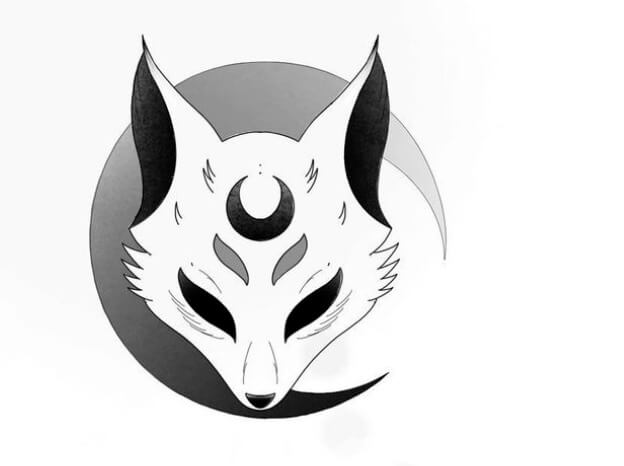
It is said that Kitsune can imitate voices and sounds, creating illusions to trick or deceive humans.
Kitsune are often portrayed as mischievous tricksters, playing pranks on humans for their amusement.
However, they are not always malevolent and can also act as protectors or guardians of certain places or individuals, particularly associated with Inari, the Shinto deity of rice, agriculture, and prosperity, who is often depicted with Kitsune.
Kitsune are associated with certain elements, particularly fire and lightning. They are said to possess control over flames and can create or control fire at will.
In some legends, Kitsune are believed to have the ability to cause lightning strikes or to be accompanied by thunderstorms.
Kitsune are known for their illusionary powers, capable of creating intricate and realistic illusions that can deceive the senses of humans. They can make entire landscapes or buildings appear or disappear, or create illusions of fantastic creatures or objects.
Kitsune have a rich presence in Japanese folklore, and numerous tales and legends revolve around them.
They are often portrayed as both benevolent and malevolent beings, capable of bringing fortune or calamity depending on their intentions and the actions of humans.
Kitsune hold a significant place in Japanese culture and are featured in various art forms, literature, and performing arts.
They are widely depicted in traditional Japanese folklore and are popular characters in manga, anime, and video games, where they often represent beauty, cunning, and mystical powers.
The Kitsune’s allure lies in its duality—both a playful trickster and a wise, mystical being. Its shape-shifting abilities, intelligence, and connection to nature make it a captivating and iconic figure within Japanese mythology and a beloved yokai in Japanese folklore.
Yamauba
The Yamauba is a yokai from Japanese folklore. It is often depicted as an old woman or hag living in the mountains, and its name translates to “mountain crone” or “mountain hag.”
Yamauba are believed to reside deep in the mountains, typically in secluded areas away from human settlements. They are associated with the wild and untamed aspects of nature and are often depicted as hermits or reclusive beings.
Yamauba are usually portrayed as elderly women with disheveled hair, long nails, and a wrinkled or haggard appearance.
Their teeth may be sharp and fanged, and they may have a wild or fierce expression. Yamauba are often depicted wearing tattered clothing or sometimes are shown naked.
Yamauba are believed to possess supernatural powers and abilities. They are known for their great strength, agility, and knowledge of herbal medicine and magic. Yamauba are said to have the ability to control the weather, create storms or fog, and manipulate natural elements such as water or fire.
Yamauba are often associated with cannibalism in folklore. They are said to prey upon lost or unsuspecting travelers, capturing and devouring them.
Some legends describe Yamauba as having a voracious appetite for human flesh, especially that of children.
Yamauba are known for their ability to transform into different forms. They can change their appearance to lure or deceive unsuspecting victims, often taking the form of beautiful young women or seductive creatures to entice their prey.
Yamauba serve as cautionary figures in Japanese folklore, representing the dangers of venturing too deep into the mountains or straying from the safety of civilization.
They embody the wild, primal forces of nature and serve as warnings against disrespecting the natural world or disrespecting one’s elders.
Yamauba have made appearances in various forms of Japanese art, literature, and theater, including Noh and Kabuki plays. They are often portrayed as complex characters, sometimes with compassionate or tragic elements to their stories.
Overall, Yamauba are intriguing figures in Japanese folklore, representing the untamed aspects of nature and the potential dangers that lie within. Their depiction as powerful, wise, and sometimes malevolent beings adds depth to the rich tapestry of yokai mythology in Japan.
Jorōgumo
The Jorōgumo is a fascinating yokai from Japanese folklore. It is often depicted as a seductive and dangerous creature that appears as a beautiful woman, but with the lower body of a spider.
The Jorōgumo is known as the “prostitute spider” or “binding bride spider.” It takes the form of a beautiful woman to attract unsuspecting victims, often lonely or lustful men.
Its name combines “jorō” (a high-ranking courtesan) and “gumo” (spider).
Jorōgumo are skilled at seduction and manipulation. They use their beauty and charm to lure their prey, typically men, into their webs. Once entrapped, they may feed on their victims or use their silk threads to bind and immobilize them.
In addition to their alluring human form, Jorōgumo have the ability to transform into giant spiders or create illusions to further ensnare their victims.
They can seamlessly switch between their human and spider forms, making it difficult for their targets to escape.
Jorōgumo are associated with intricate webs, which they use to trap their prey. These webs are strong and sticky, making it nearly impossible for victims to break free once ensnared. Jorōgumo are believed to possess exceptional silk-spinning abilities.
Some legends suggest that Jorōgumo can take on the form of a human woman and marry unsuspecting men.
They may bear children with these men, who inherit spider-like characteristics or abilities. These offspring are sometimes portrayed as loyal and protective of their mother.
Jorōgumo feature in various folktales and legends throughout Japan. These stories often warn against the dangers of temptation, lust, and deceit.
They serve as cautionary figures, reminding people to be wary of seductive appearances and to exercise caution when encountering strangers.
Jorōgumo have inspired various artistic works in Japan, including traditional ukiyo-e prints, kabuki plays, and contemporary manga and anime. They are often depicted with a beautiful woman’s face and an elaborate kimono, juxtaposed with the lower body of a spider.
The Jorōgumo’s captivating blend of beauty, seduction, and danger has made it a popular and enduring figure in Japanese folklore.
Its tales serve as reminders of the potential consequences of falling prey to deception and the importance of exercising caution when encountering the unknown.
Types of Japanese Yokai
Tsutoma Ema studied the literature and paintings that depicted Yokai and henge and divided them into categories. These categories are:
#1 — Based on a yokai’s true form:
- Human
- Animal
- Plant
- Object
- Natural phenomenon
#2 — Depending on source of the mutation:
- Mutation related to this world
- Spiritual or mentally related mutation
- Reincarnation or afterworld related mutation
- Material related mutation
#3 — Based on external appearance:
- Human
- Animal
- Plant
- Artifact
- Structure or building
- Natural object or phenomenon
- Miscellaneous or appearance compounding more than one category
Who are the 3 great yōkai?
The “Three Great Yokai” or “Three Great Yōkai Generals” are a group of powerful and renowned yokai in Japanese folklore. The specific yokai that are considered to be the Three Great Yokai may vary depending on the source or region, but commonly they include:
- Shuten-doji
Shuten-doji is a fearsome oni (demon) often depicted as the leader of the yokai or as a powerful yōkai itself. It is said to reside on Mount Oe, near Kyoto.
Shuten-doji is known for its immense strength, drinking prowess, and its ability to shape-shift. It is often depicted as a giant with a horned mask and wearing a traditional Japanese outfit. Shuten-doji is associated with legends of terrorizing humans, kidnapping children, and causing chaos.
- Tamamo-no-Mae
Tamamo-no-Mae is a mythical creature originating from Chinese folklore but also prominent in Japanese tales. It is often portrayed as a seductive and intelligent nine-tailed fox yokai with magical abilities.
Tamamo-no-Mae is believed to have served as a powerful sorceress and courtesan in the court of Emperor Toba in ancient Japan. She is associated with beauty, cunning, and the ability to manipulate people through her charms.
- Tsuchigumo
Tsuchigumo is a monstrous yokai associated with spiders and is sometimes portrayed as a giant spider or a spider-like creature. It is known for its shape-shifting abilities, deceitfulness, and its control over webs and silk.
Tsuchigumo is often depicted as a formidable adversary, capable of trapping and attacking humans with its web and venomous bites.
Who is the most powerful yōkai?
In Japanese folklore, there is no definitive answer to who the most powerful yokai is, as their power levels and abilities can vary greatly depending on the specific legends and sources.
Yokai encompass a wide range of supernatural creatures, each with its own unique powers, strengths, and weaknesses.
Some yokai are known for their immense strength, while others are revered for their magical abilities or cunning.
However, there are a few notable yokai that are often regarded as exceptionally powerful:
- Ōkubi
The Ōkubi, also known as the “Great Head,” is a monstrous yokai with a massive head and a lack of limbs or body.
It possesses supernatural strength and is often depicted as a fearsome and destructive creature capable of causing widespread chaos.
- Rokurokubi
The Rokurokubi is a type of yokai that appears as a normal human during the day but can extend its neck to extraordinary lengths at night.
They are known for their shape-shifting abilities and are often associated with supernatural powers and malevolence.
- Nurarihyon
The Nurarihyon is a yokai often depicted as an elderly man with a misshapen body, wearing traditional Japanese clothing. He is the master of all yokai and possesses immense influence and authority over them.
Although not always portrayed as overtly powerful, he is considered the leader of the yokai and commands great respect among them.
- Shuten-doji
Shuten-doji, mentioned earlier as one of the Three Great Yokai, is a powerful oni known for its immense strength and supernatural abilities.
It is often depicted as a fearsome giant who terrorizes humans and possesses the power to shape-shift and manipulate its surroundings.
What are the 4 types of yōkai?
In Japanese folklore, yokai are often categorized into various types based on their characteristics and behavior. While there are numerous classifications and subcategories, one common categorization system divides yokai into four broad types:
- Yurei
Yurei are supernatural entities often referred to as ghosts or spirits. They are the souls of deceased humans who have not found peace and continue to wander the earthly realm.
Yurei are typically associated with sadness, tragedy, and haunting specific locations or people. They may appear as ethereal figures or as vengeful spirits seeking resolution for their earthly grievances.
- Yama no Kami
Yama no Kami refers to yokai associated with the mountains and wilderness. They embody the untamed forces of nature and are often depicted as creatures such as the Tengu (bird-like beings), Kitsune (fox spirits), or Kappa (water-dwelling creatures).
Yama no Kami yokai are often powerful, magical beings with a connection to specific natural elements or habitats.
- Tsukumogami
Tsukumogami are yokai that originate from inanimate objects that have reached a certain age or have been abandoned.
These objects come to life and develop consciousness, becoming animated and sometimes mischievous or vengeful. Tsukumogami can include a wide range of objects, such as tools, household items, or even entire buildings.
- Obake
Obake refers to yokai that are shape-shifters or creatures capable of transforming their appearance. They are known for their ability to change form and often use this power to deceive or scare humans.
Obake can include various creatures, from mundane objects taking on monstrous forms to animals assuming human characteristics.
Who is the strongest yōkai in Japan?
One of the most renowned and feared yokai known for its strength and power is the Tsuchigumo. Tsuchigumo is a monstrous spider-like creature associated with the earth and is considered to be one of the strongest yokai in Japanese folklore.
It is often depicted as a giant spider or a spider-like demon capable of tremendous physical strength and creating powerful webs.
Tsuchigumo possesses formidable abilities, including the capacity to trap and overpower humans, as well as control over silk-spinning and web manipulation. In some legends, it is said to possess magical and shape-shifting abilities, making it a formidable and fearsome adversary.
Can Yokai be good?
There are many categories of Yokai. They can be good or bad, powerful or weak, and so on.
Can humans see Yokai?
Yes, humans can see Yokai. Yokai don’t allow everyone to see them or sense them. They will manifest only for a particular reason- either good or bad.
Can a human become a Yokai?
Under the right conditions, a human can become a Yokai.
Also Read:


